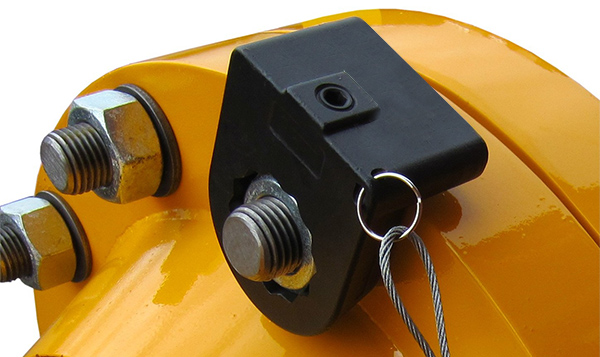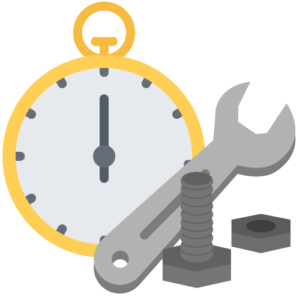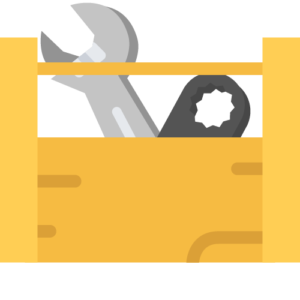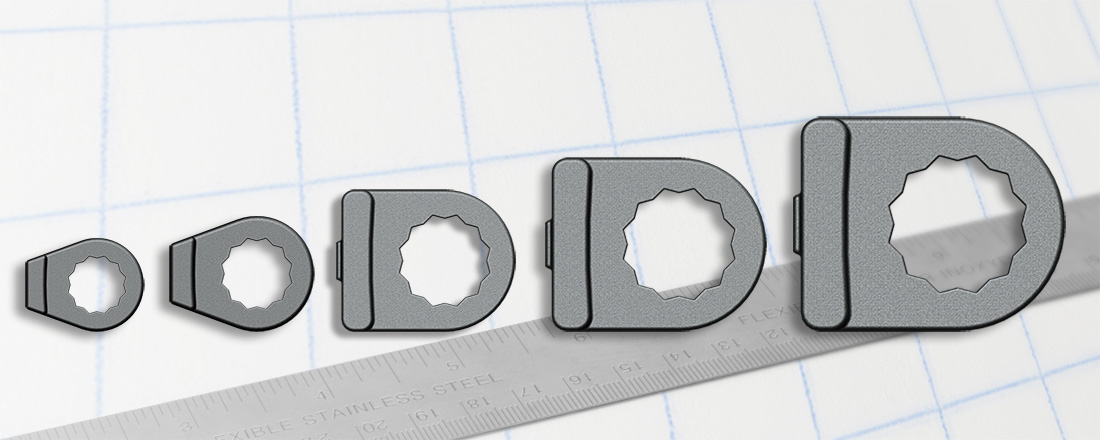The Piper is a safe, durable and cost-effective backup wrench for bolting maintenance. With The Piper, bolting maintenance crews can reduce maintenance time, improve workplace safety and increase portability of equipment.

Key Features of The Piper

Improving Workplace Safety
The Piper’s most important job is to help prevent accidents from falling tools. OSHA records tens of thousands of “struck by falling object” incidents every year. In 2015, 247 of these incidents resulted in fatalities.
When craftsmen use The Piper, they can reduce the incidence of dropped objects because The Piper locks to the bottom bolt and stays attached, even under the stress and strain of operation. Dropped Object Prevention (DOP) measures include tool tethers, anchors and barriers. The Piper is a key aspect of a robust DOP strategy.
Reducing Maintenance Time
In addition to improving workplace safety, The Piper also reduces man hours needed to service bolted systems.
Pipeline and valve connections are often comprised of two flanges bolted together with a nut on either side. Without a tool like The Piper, two craftsmen are required to service the connection: one to turn the nut and another to hold the second nut in place. By engaging its 90-degree retention tab with the flange, The Piper holds the stationary nut securely in place while the craftsman loosens or tightens its counterpart.


Increasing Equipment Portability
Crews working on transmission pipelines and other remote sites are sure to appreciate The Piper’s portability.
The Piper not only decreases man-hours required for a maintenance job, it also takes the place of bulky, heavy hydraulic bolting equipment. Our bolting solution fits easily in any tool kit, and is capable of holding nuts fast through even the toughest breakout operations. By increasing the portability of the craftsman’s equipment, we make it possible to increase the range and productivity of bolting maintenance crews.
How The Piper Works
To use The Piper, simply slide it onto the nut opposite the one that needs to be turned. When the other bolt is turned, the 90-degree retention tab comes into contact with the flange and stops rotational motion.
The Piper holds fast to the bolt through a ball detent. The detent comes factory calibrated for optimal tension, but a screw at its base allows craftsmen to dial in their own tension levels.

Adjust ball detent tension.
Attach The Piper to a tool tether via loop fastener.
Slide The Piper onto the stationary nut.
Rotate opposite nut.
Sizes Available
All sizes are in inches (in.)
| 7/8 | 2 | 3 1/8 |
| 1 1/16 | 2 3/16 | 3 1/2 |
| 1 1/4 | 2 3/8 | 3 7/8 |
| 1 7/16 | 2 9/16 | 4 1/4 |
| 1 5/8 | 2 3/4 | 4 5/8 |
| 1 13/16 | 2 15/16 | 5 3/8 |

Industries Served
The Piper can be put to use on any connection using stud bolts or hex bolts, both of which are widely used in the petroleum and chemical industries.
We first developed this solution for use in the Oil & Gas industry. Oil rigs and refineries often involve multi-story structures with pipe connections throughout the facility. Too often, regular maintenance work results in dropped objects, which can lead to injuries or fatalities. These multi-story facilities can take advantage of The Piper’s improved safety and decreased man-hours for maintenance. The Piper reduces the risk of dropped tools, and reduces the number of craftsmen required to complete a single breakout job.
Transportation of petrochemicals often involves the same stud bolt or hex bolt connections, so pipelines offer another opportunity to put The Piper to use. While dropped object risk is reduced in these scenarios, The Piper can still dramatically reduce man-hours required for a job. Additional industries that benefit from The Piper include: chemical production, which often involves multi-story structures and transmission pipelines; wind energy, which utilizes studs and hex bolts at tremendous heights.

